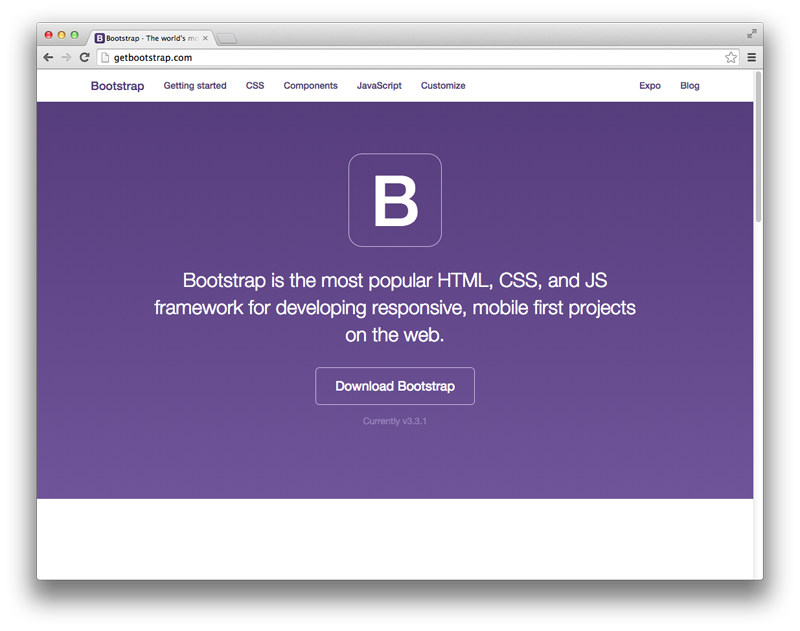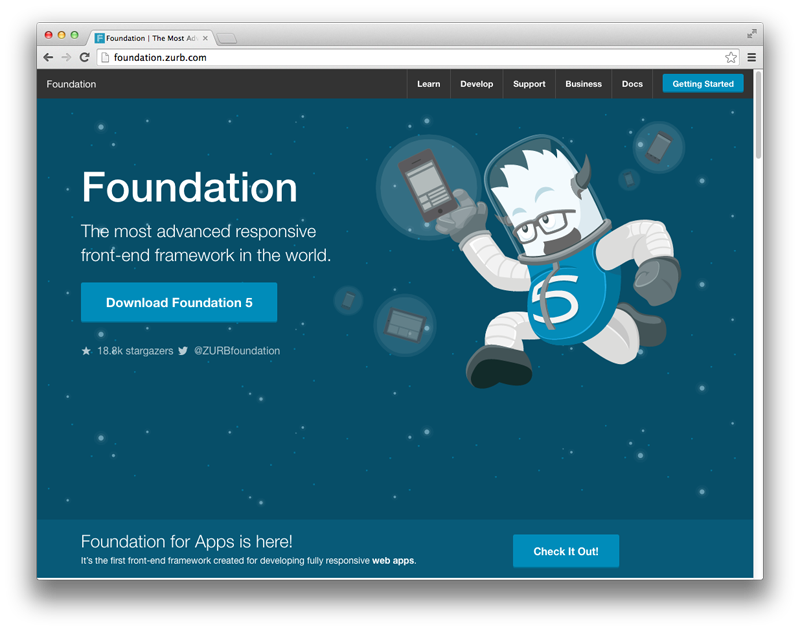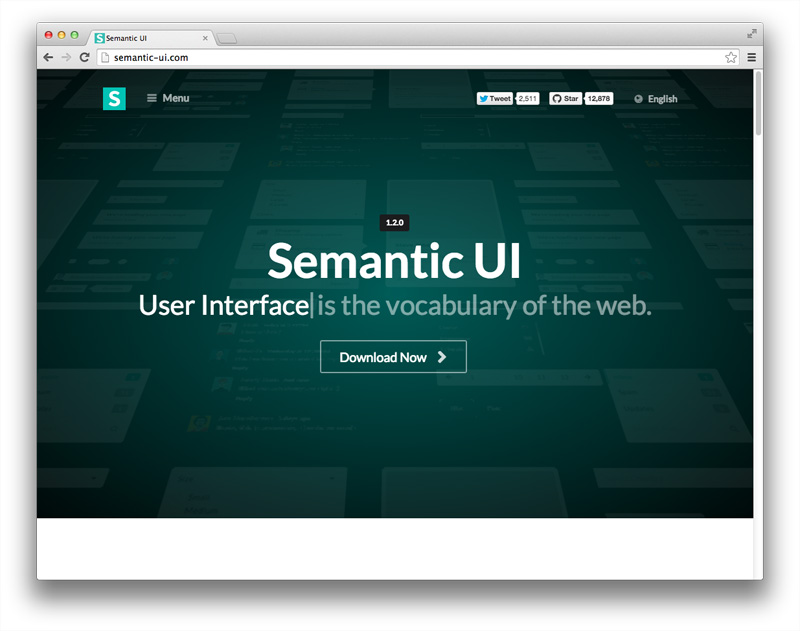[ This is a content summary only. Visit our website https://ift.tt/1b4YgHQ for full links, other content, and more! ]
by Mehwish Mehmood via Digital Information World
"Mr Branding" is a blog based on RSS for everything related to website branding and website design, it collects its posts from many sites in order to facilitate the updating to the latest technology.
To suggest any source, please contact me: Taha.baba@consultant.com
This article was originally published on MongoDB. Thank you for supporting the partners who make SitePoint possible.
MongoDB 4.0 adds support for multi-document ACID transactions.
But wait... Does that mean MongoDB did not support transactions until now?
No, actually MongoDB has always supported transactions in the form of single document transactions. MongoDB 4.0 extends these transactional guarantees across multiple documents, multiple statements, multiple collections, and multiple databases. What good would a database be without any form of transactional data integrity guarantee?
Before we dive in this blog post, you can find all the code and try multi-document ACID transactions here.
Quick start
Step 1: Start MongoDB
Start a single node MongoDB ReplicaSet in version 4.0.0 minimum on localhost, port 27017.
If you use Docker:
- You can use
start-mongo.sh.- When you are done, you can use
stop-mongo.sh.- If you want to connect to MongoDB with the Mongo Shell, you can use
connect-mongo.sh.If you prefer to start mongod manually:
mkdir /tmp/data && mongod --dbpath /tmp/data --replSet rsmongo --eval 'rs.initiate()'Step 2: Start Java
The post Java and MongoDB 4.0 Support for Multi-document ACID Transactions appeared first on SitePoint.
This article was created in partnership with BAWMedia. Thank you for supporting the partners who make SitePoint possible.
WordPress became the Internet’s ultimate website builder. It happened because their design team set that as their goal and worked hard to make it happen. There’s no magic involved here. It was a matter of creating a builder that lets web designers adjust their websites any way they wanted. WordPress team has also come up with or promoted the tools and plugins that would enable them to do it.
Tools are not the only one thing that makes WordPress the ultimate builder. It’s the services businesses and agencies offer as well. This article is dedicated to 10 of the top tools and services.
Any one of these can take your work and your end products to levels higher than you might have thought possible.
So, grab a cup of coffee and enjoy the journey.
When looking for the best approach to building a website, you want a solution that offers the most flexibility. That’s exactly what Elementor offers, and it's this approach that made it the #1 page builder in under 2 years’ time. This free open-source page builder lets you build everything and anything without any need for coding.
You can start with one of Elementor’s 130 designer-made templates, design your own template, or import one from elsewhere.
Elementor gives you super-fast performance, and because of its live frontend editing feature, it can make you a super-fast website builder. Special features include new ones like the reusable templates, form integrations, custom CSS, visual form builder and enhanced menu builder. There are many more of course, the best way to learn is to try it yourself and see why people get hooked.
Starting from zero a little less than 2 years ago, the Elementor user base has now reached 1 million in size.
That says something!
Brizy is another premier tool that provides an effortless way to visually build WordPress websites. It’s also free to download, it’s easy to use, and the UX it provides is as friendly and intuitive as you’ll find anywhere.
The outstanding user experience is due in part to its clutter free interface. Although Brizy offers a multitude of design and development features and options, they do not serve as distractions. They aren’t crammed into remote sidebars; they are there only when you need them.
A good way to see if Brizy is right for you is to test it on their website. It won’t cost a cent, and you can even keep the HTML you create to use wherever you wish.
More than 4,000 icons and 150 pre-made design blocks are included in the package.
The post How Many of These Essential WordPress Tools & Services Are You Using? appeared first on SitePoint.
There’s a deluge of CSS front-end frameworks available nowadays. But the number of really good ones can be narrowed down to just a few. In this article, I’ll compare what I think are the five best front-end frameworks available today.
Each framework has its own strengths and weaknesses, and specific areas of application, allowing you to choose based on the needs of a specific project. For example, if your project is simple, there’s no need to use a complex framework. Also, many of the options are modular, allowing you to use only the components you need, or even mix components from different front-end frameworks.
The front-end frameworks I’m going to explore are presented based on their GitHub popularity, beginning with the most popular, which is, of course, Bootstrap.
Note that some of the information below will go out of date in the coming weeks and months – such as GitHub stars and version numbers – so be aware of this if you’re reading this article long after the publication date. Also note that the framework sizes are the minified sizes of the necessary CSS and JavaScript files.
Bootstrap is the undisputed leader among the available front-end frameworks today. Given its huge popularity, which is still growing every day, you can be sure that this wonderful toolkit won’t fail you, or leave you alone on your way to building successful websites.

The main strength of Bootstrap is its huge popularity. Technically, it’s not necessarily better than the others in the list, but it offers many more resources (articles and tutorials, third-party plugins and extensions, theme builders, and so on) than the other four front-end frameworks combined. In short, Bootstrap is everywhere. And this is the main reason people continue to choose it.
Note: By saying “unique components”, I mean that they’re unique compared only to the front-end frameworks mentioned in this list.
Foundation is the second big player in this front-end framework comparison. With a solid company like ZURB backing it, this framework has a truly strong … well … foundation. After all, Foundation is used on many big websites including Facebook, Mozilla, Ebay, Yahoo! and National Geographic, to name a few.

Foundation is a truly professional front-end framework with business support, training, and consulting offered. It also provides many resources to help you learn and use the framework faster and easier.
Semantic UI is an ongoing effort to make building websites much more semantic. It utilizes natural language principles, thus making the code much more readable and understandable.

Semantic is the most innovative and full-featured front-end framework among those discussed here. The overall structure of the framework and the naming conventions, in terms of clear logic and semantics of its classes, also surpasses the others.
The post The 5 Most Popular Front-end Frameworks Compared appeared first on SitePoint.